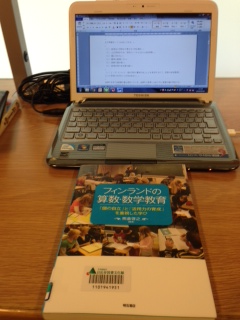Actually, I don’t really feel I am ready for the new life in Finland in 3 months.
I am very looking forward to the study, the life and the culture in Finland or Europe. I spent around 2 years to keep preparing these while working with a full-time job. Until the admission letter arrived yesterday, I can’t realize that my dream is going to come true.
It’s not my first time to study abroad as if you read my other articles in this blog.
I had studied in Japan 8 years ago as an international student.
I studied, worked and lived in a foreign country and I felt I adapted quite well to this foreign environment.
However, I had learned Japanese and was able to speak fairly before coming to Japan. Besides, the culture of Japan is close to Taiwan. Furthermore, I had travelled in Japan before my study in Japan.
